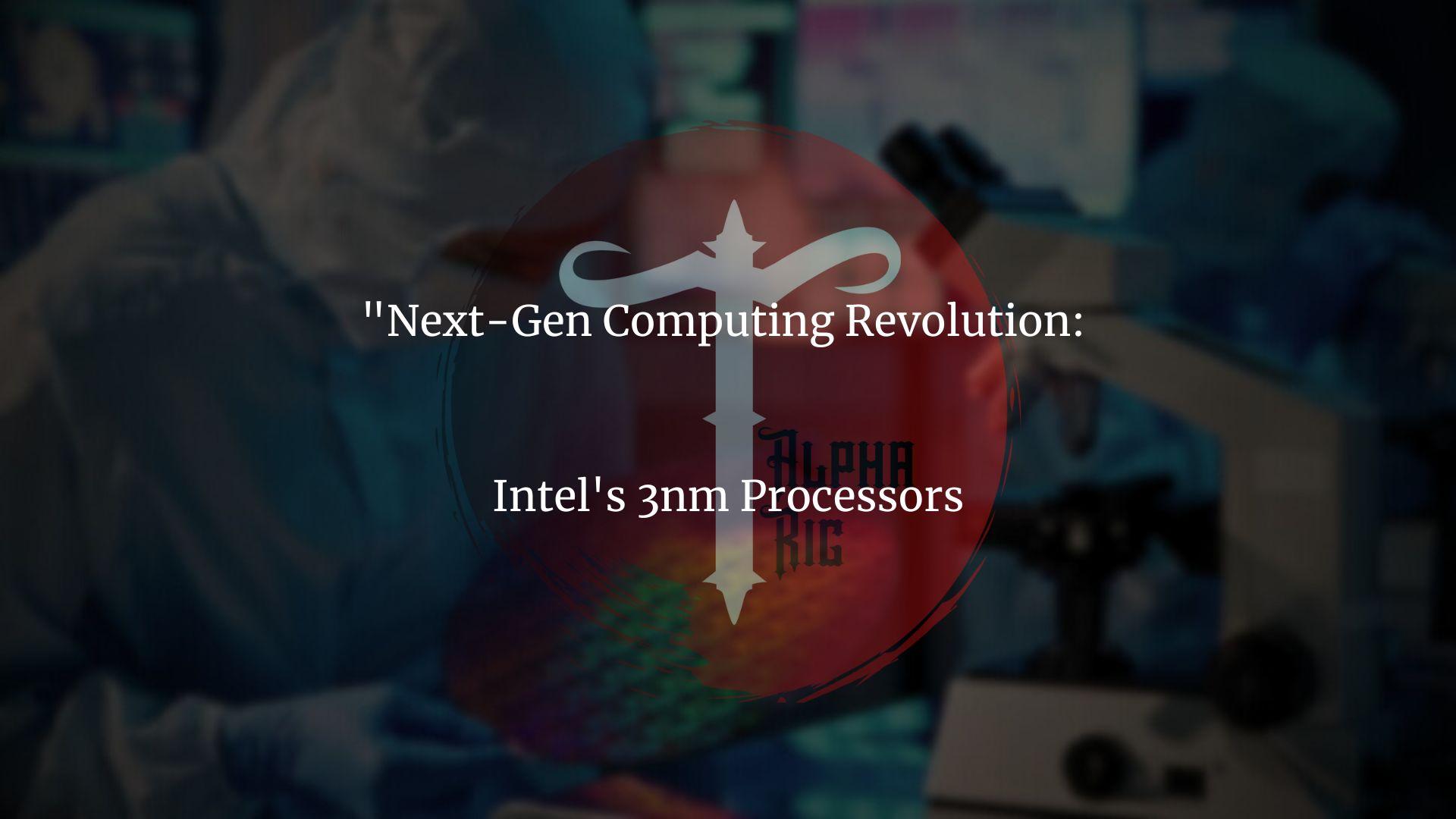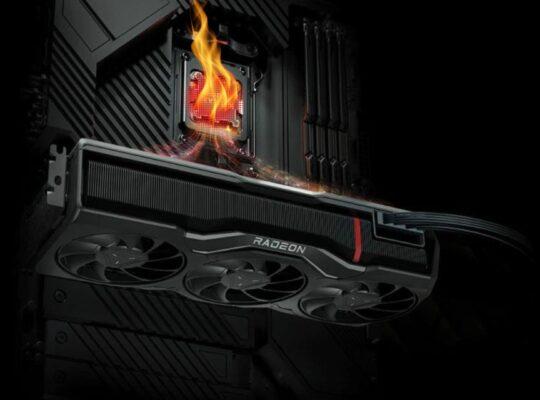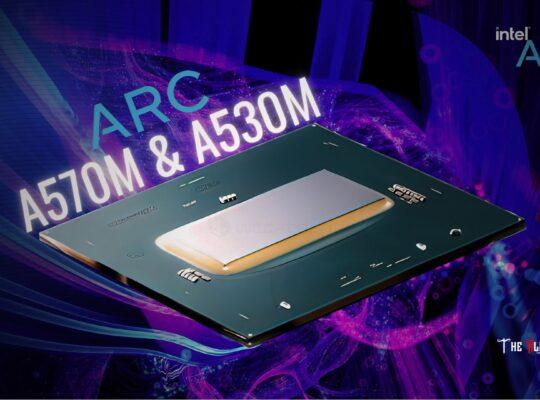Introduction
Intel, a well-known semiconductor technology leader, has announced that its cutting-edge 3nm-class process technology has successfully met defect density and performance targets. This accomplishment sets the path for high-volume production of Intel’s future chips, codenamed Granite Rapids and Sierra Forest, both of which are set to be released in 2024. Let’s take a closer look at this technological marvel and its possible impact on the data centre environment.
Intel 3: Pushing the Boundaries of Innovation
Intel’s 3nm fabrication technique, formerly known as 5nm, represents the company’s second-generation extreme ultraviolet lithography (EUV) method. It is an improved version of the Intel 4 production node (formerly known as 7nm). In comparison to Intel 4, Intel 3 promises an impressive 18% improvement in performance per watt efficiency, a denser high-performance library, lower through resistance, and increased intrinsic drive current.
A Perfect Fit for Data Centers
Intel’s 3nm-class node appears to be particularly well-suited for data center-grade products, which frequently require huge monolithic dies and use significant power. Intel 3 technology’s lower through resistance is a significant advantage for data centers, where power economy and performance are critical aspects. As a result, Intel picked this node for its Granite Rapids and Sierra Forest server-class processors.
Beyond the Boundaries: Custom Data Center Products
In addition to server processors, Intel Foundry Services is preparing to use Intel 3 process technology to create unique data centre solutions for a hyperscaler. This demonstrates Intel 3’s adaptability and the company’s dedication to meeting the unique requirements of the data centre business.
Empowering Intel’s Data Center Division
The achievement of Intel 3’s defect density and performance objectives is excellent news for Intel’s data centre sector. It positions the company to produce highly competitive products in 2024, further solidifying its position in the data centre industry. Advanced manufacturing techniques combined with powerful CPUs can result in significant gains in data centre performance, power efficiency, and overall user experience.
A Focus on Client Products
While Intel 3 has enormous promise for data centre applications, the corporation has yet to announce plans to deploy this process technology in client devices. Instead, Intel is presently focusing on developing the Meteor Lake CPU, codenamed Meteor, for notebooks and desktops using the Intel 4 process. Furthermore, the company is preparing for mass production of its dubbed Arrow Lake CPU, which will be manufactured using Intel 20A (20 Angstroms, 2nm-class) manufacturing technology.
Conclusion
Intel has achieved a critical milestone in the semiconductor industry by meeting defect density and performance targets for its 3nm-class process technology. The data centre market may expect improved power efficiency, performance, and durability as Intel prepares to deliver the Granite Rapids and Sierra Forest processors in 2024. The future of data centres is brighter than ever before, with Intel leading the push in cutting-edge semiconductor technology.







